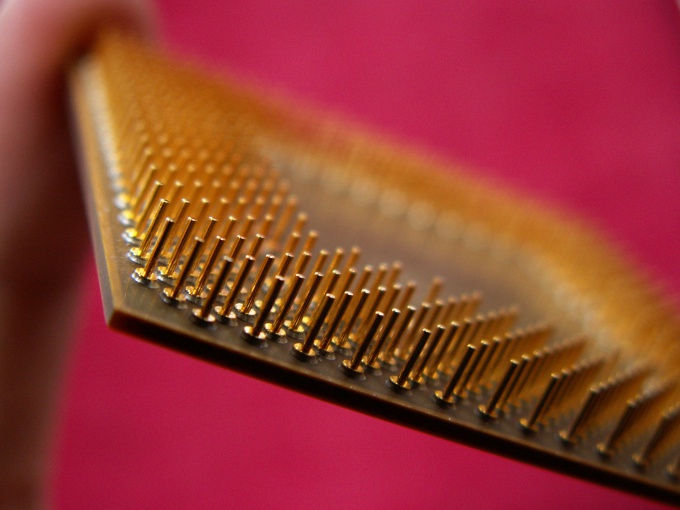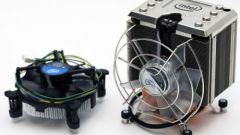Instruction
1
First of all, we should define the purpose of thermal paste. It is used to increase the thermal conductivity between the chip (processor) and heatsink. While the thermal grease has low thermal conductivity, and should be applied in a thin layer for a more intimate contact between the two parts. Thus, it maximally fills the existing airspace. Choosing the thermal compound, try to avoid the imitations of branded brands that are well established. If you put a fake on the processor, may cause overheating of the chips, and breakage. Methods of checking thermal paste, and brands that are suitable for use in computer technology, you can easily find on the Internet.
2
To apply the thermal grease on the processor using a soft cloth clean the surface of the chip from the remnants of the old stuff. Do the same with the contacting bottom of the radiator cooler. Before applying the main layer of thermal paste can be rubbed into the surface of both the so-called zero layer material, that is, after pre-coat to remove it. Thus, the thermal grease will remain in the grooves and scratches on both surfaces and provide a better contact.
3
Squeeze a small amount of substance on the main chip. Some manufacturers suggest applying the thermal paste on the processor crosswise on the diagonal, and thereby achieve the best greasing of surfaces especially at the corners. Smear it on the CPU you need a small sturdy plate. I do not advise to do it with your fingers, but if you like more, use the rubber fingertips or gloves. The resulting layer of thermal paste on the processor should be fine.
4
Greater amount of substance apply onto the sole of the cooler and also spread it evenly across the surface. Then tightly secure the heatsink over the processor and secure it with locks.
Note
To apply thermal paste to the CPU just. Just delete the old layer of thermal paste. The processor must be completely clean and all traces of the old thermal paste must be removed. After You clean the CPU, you can do applying thermal paste on the processor. It is a small amount more than sufficient should apply a thin layer because, as we have mentioned above, you need thermal paste to transfer heat from source to sink.
Useful advice
Providing the best heat transfer, it allows you to more effectively cool the processor. Owners of computers will be useful to know how to apply thermal paste yourself. The density of thermal paste possible to judge the ease of application: thicker than thermal grease, the harder it will be to apply. Pay attention to the shape of the thermal paste issue. If you are going to apply thermal paste first, select the thermal paste in a tube (syringe) - this will facilitate the dosing and application of thermal paste.

